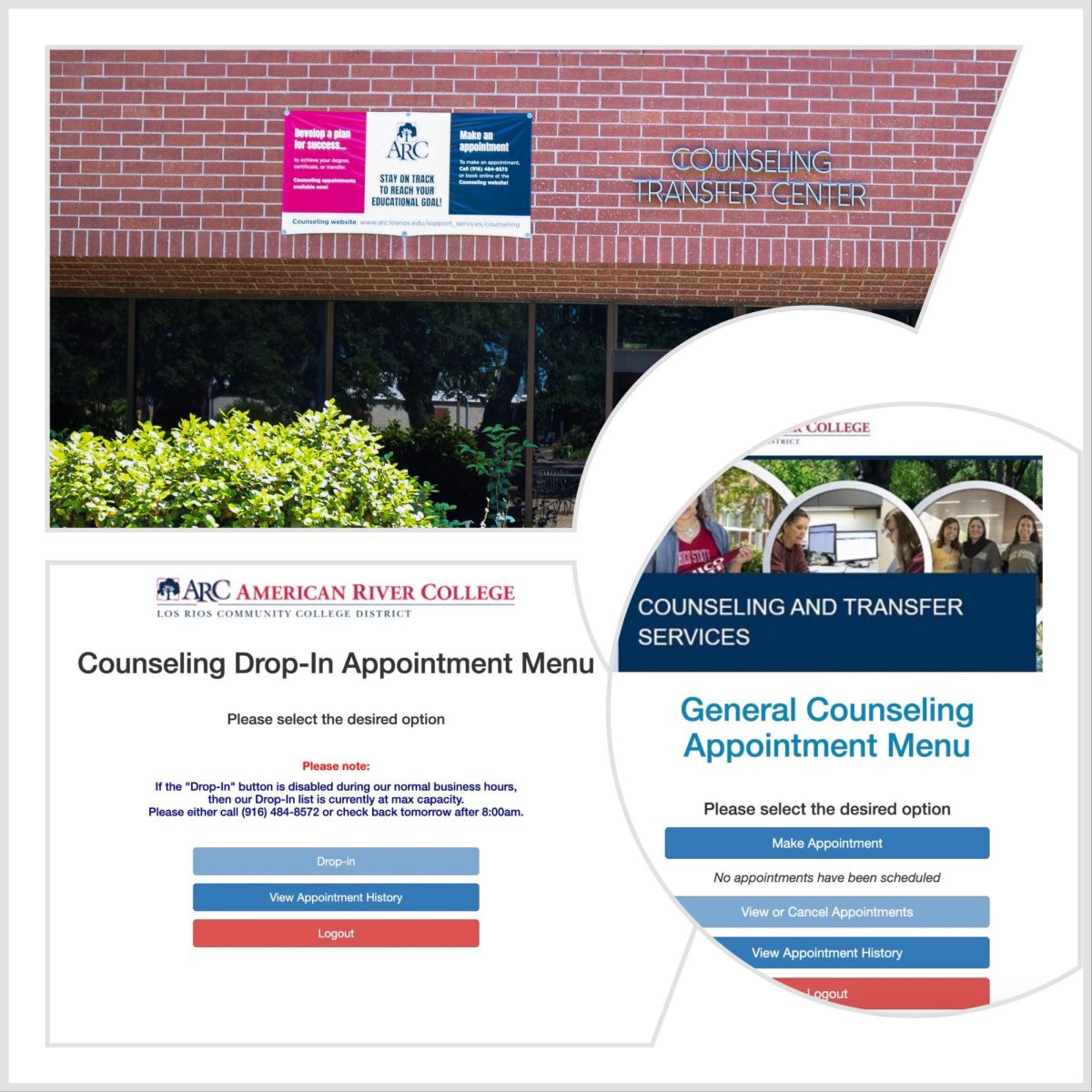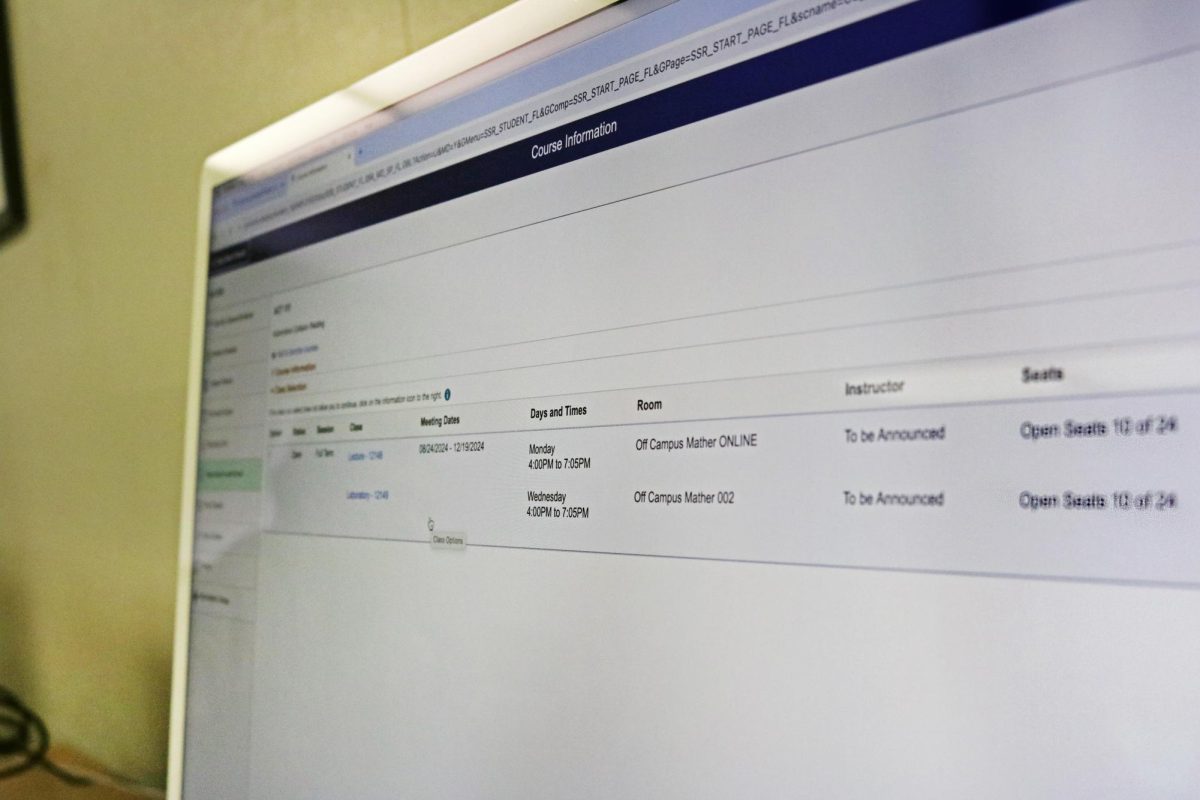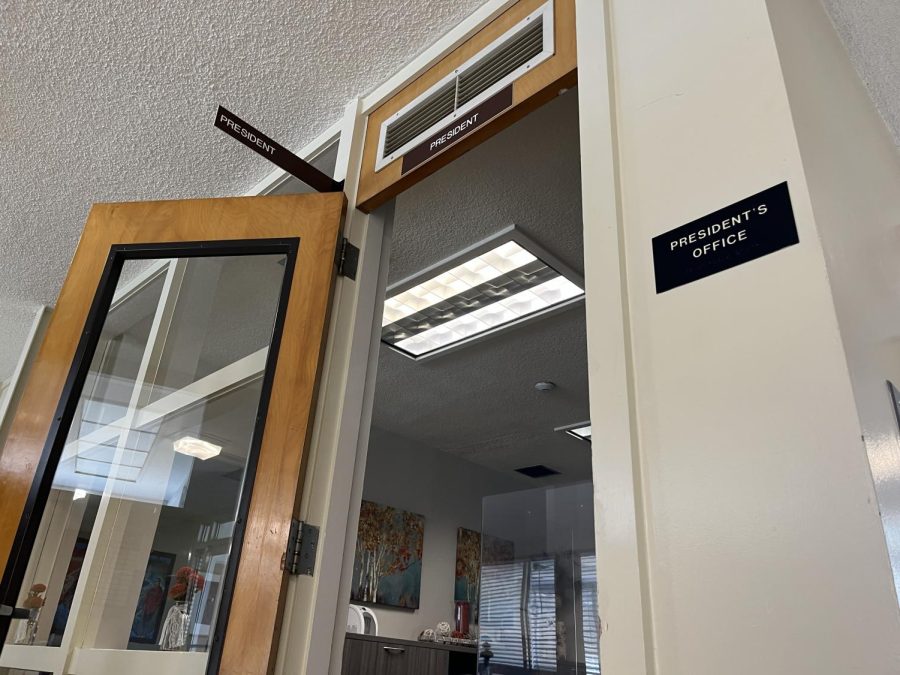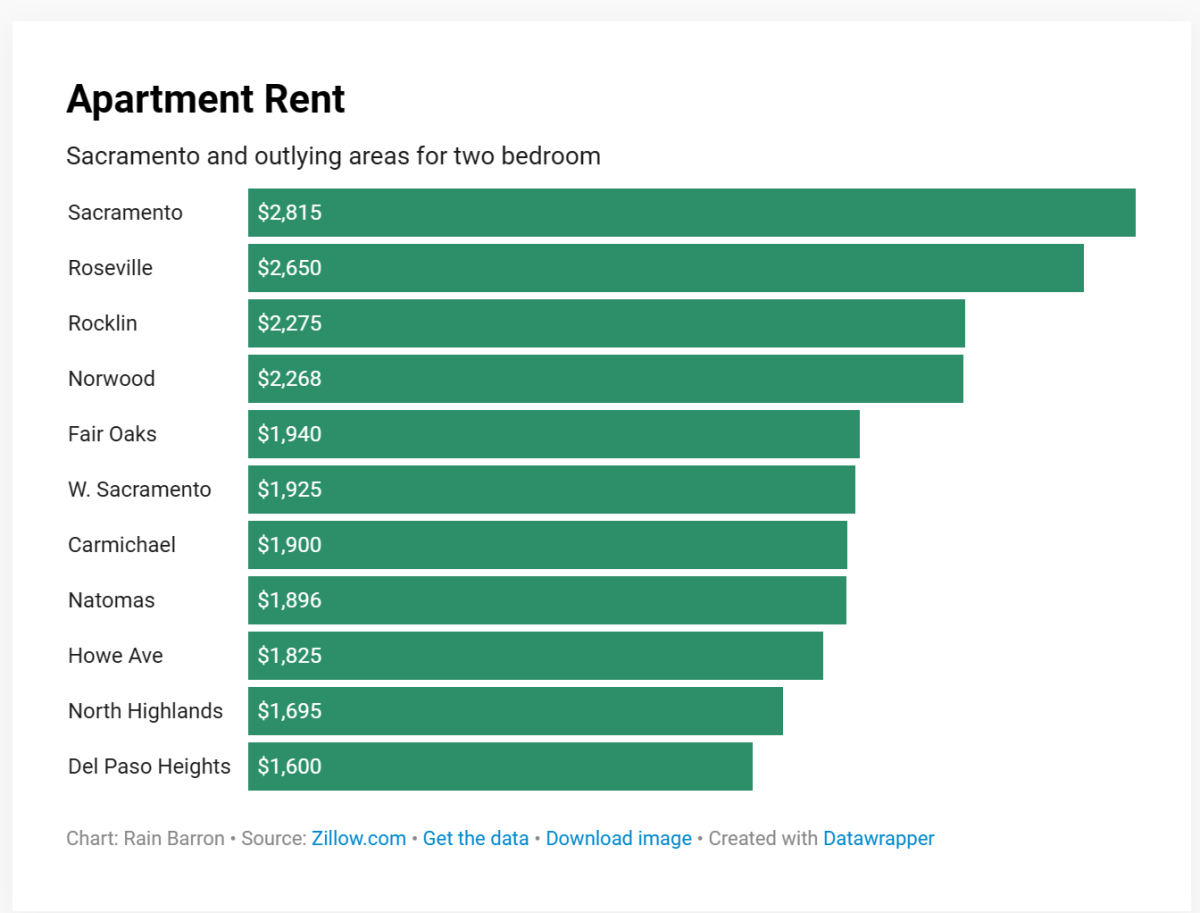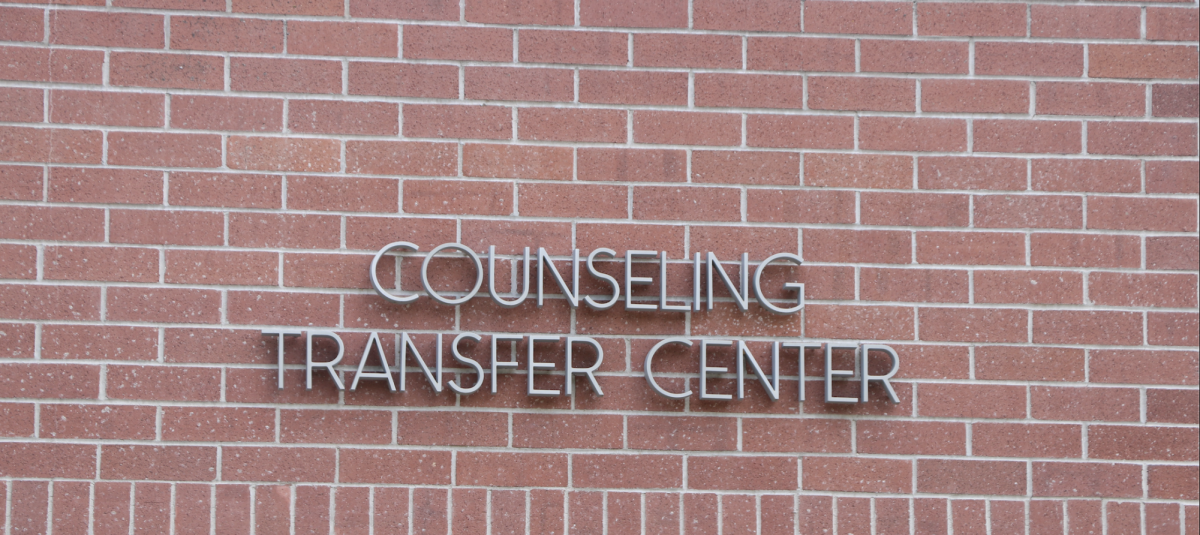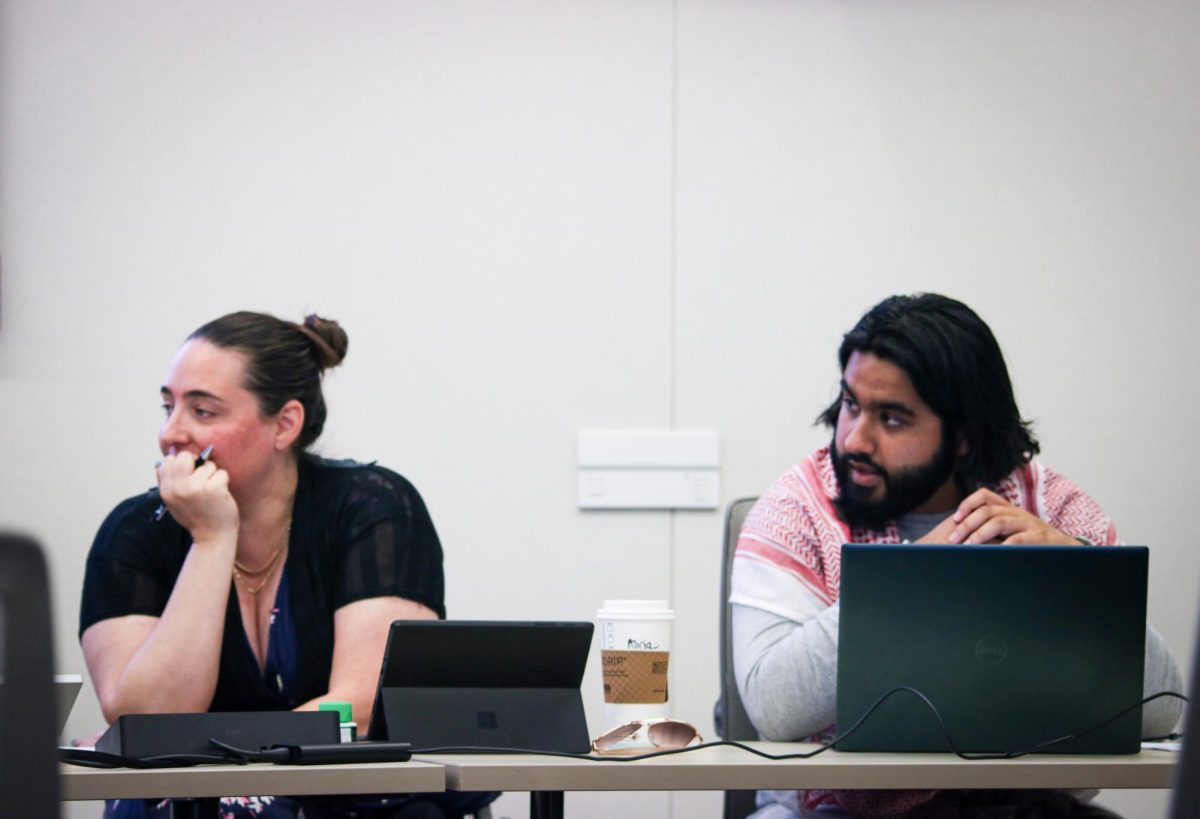During a recent State of the State address, Tennessee Gov. Bill Haslam urged the adoption of his “Drive to 55” plan, a part of which, dubbed the “Tennessee Promise,” is to make the first two years toward an associate degree tuition and fee-free for high school graduates, provided they meet certain conditions.
Tennessee is currently one of the nation’s least-educated states, with only 32 percent of adults possessing any type degree, but Haslam hopes the “Tennessee Promise” will increase that percentage to 55 by 2025.
Additionally, a bill instructing the Oregon State Commission to develop a pilot program, to test “Pay it forward, pay it back,” which would cover tuition at community colleges and public universities, with the student agreeing to pay back the funds to help finance the education of future students, was approved unanimously.
The idea of free tuition at community colleges seems to be gaining ground, especially as students recognize the impact of a degree on their futures.
The Pew Research Center reported that “On virtually every measure of economic well-being and career attainment—from personal earnings to job satisfaction to the share employed full time—young college graduates are outperforming their peers with less education.”
California Community Colleges were free until 1984, when they began charging fees.
The feasibility of eliminating fees in California community colleges is low, but the need for a college-educated work force is enduring.
Unfortunately, there is no guarantee of student success with a plan like “Drive to 55.” Available financial resources are only one variable in gaining an education.
However, the availability of higher education, regardless of economic status, would create a better-educated work force, according to analysts. Furthermore, it could lessen students’ debt burden.
The idea of free education is an interesting trend that students should pay close attention to, as it may affect them, but such states may be missing the larger point–covering fees and tuition alone may be insufficient, as it is often covered by student aid, grants and in California, BOG fee waivers.
It’s the necessary expense of books, supplies, and cost of living that may continue to break the bank.
Clearly, economic trends are shifting in favor of the college-educated. While it is yet to be seen if the plans in Tennessee and Oregon will work, the base sentiment, figuring out how to increase the portion of our population with a degree, thereby investing in the future of our country, is imperative.


